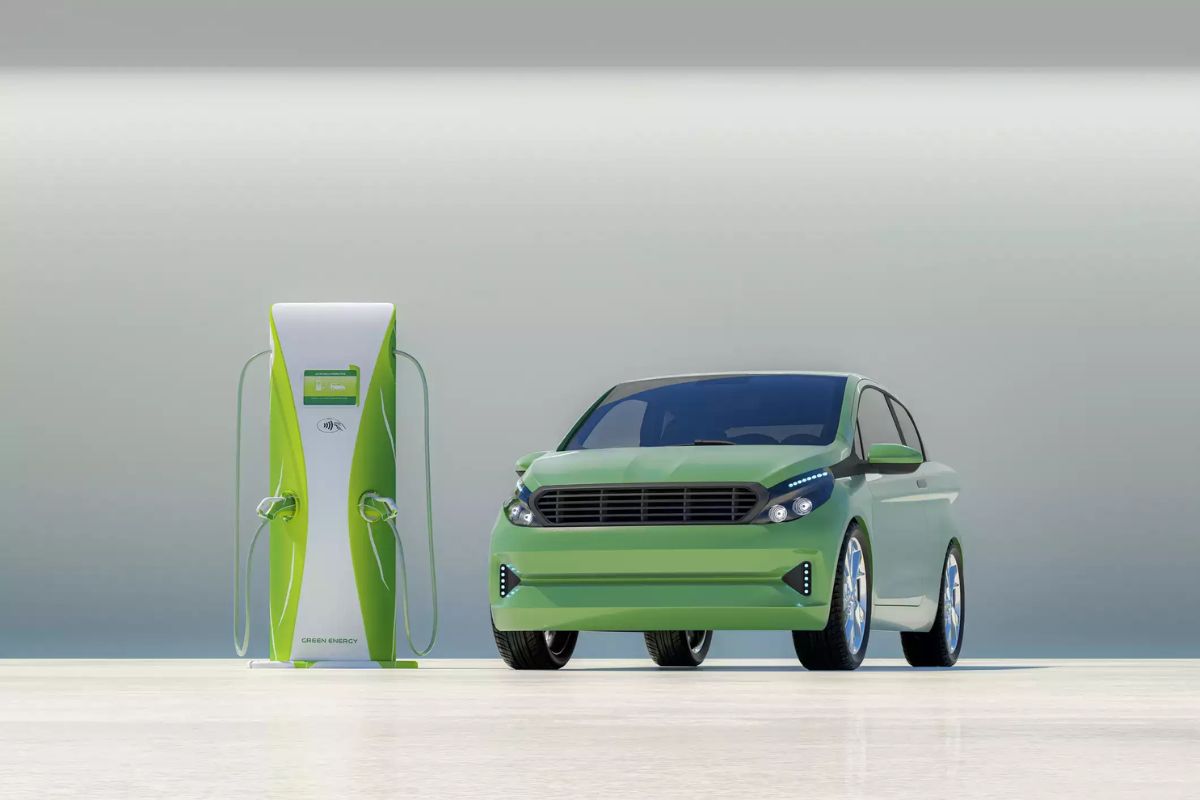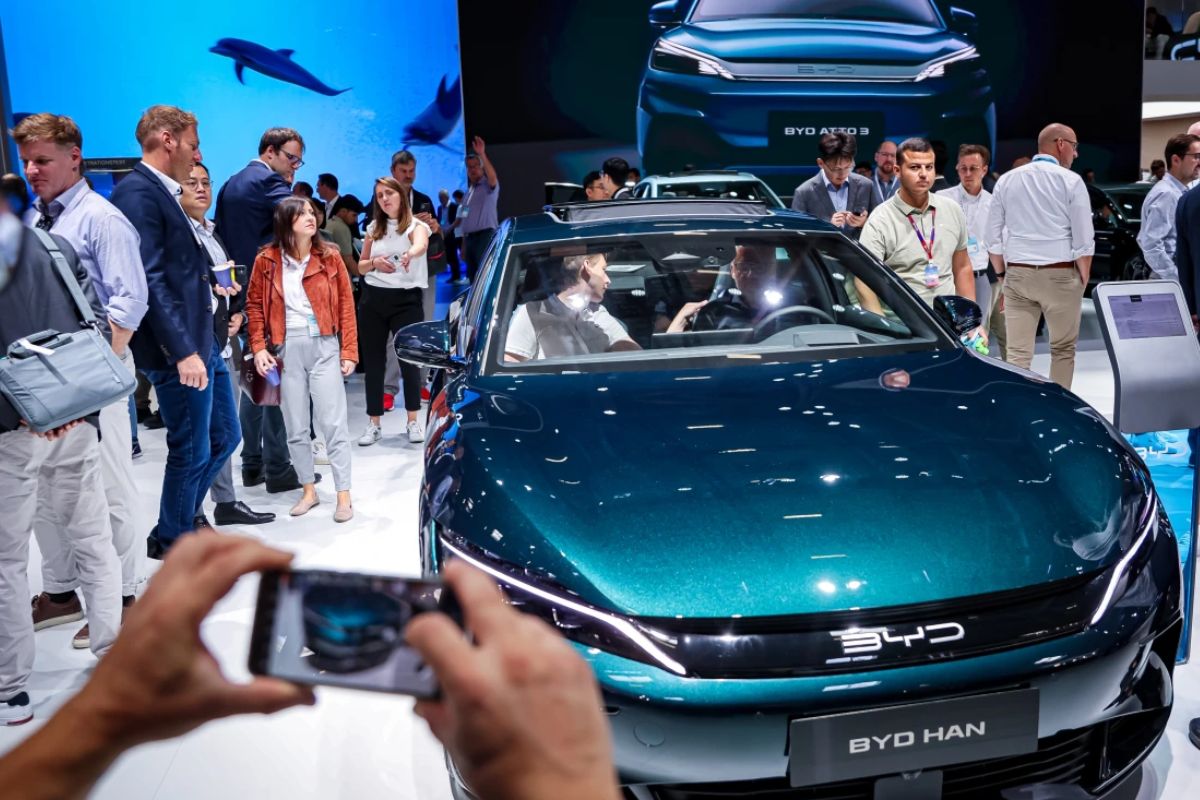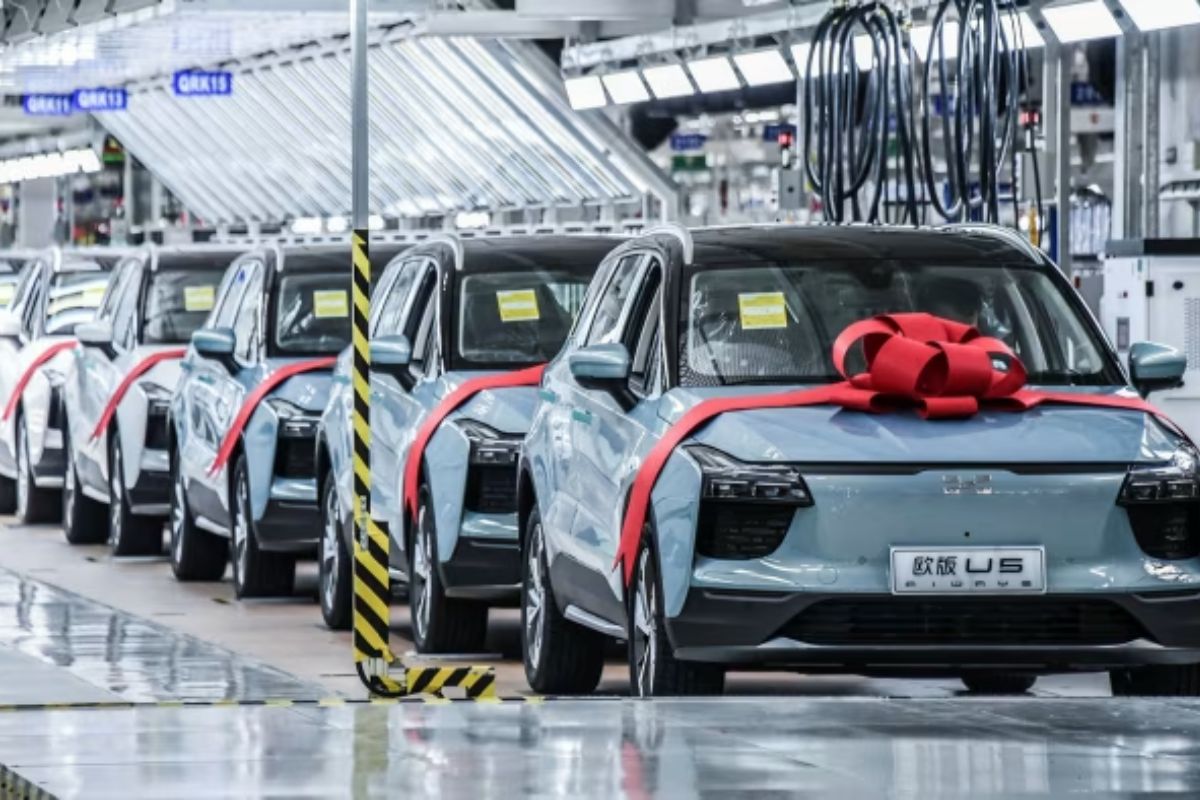Europe’s Auto Giants Battle: The battle between Europe’s auto giants and the Chinese electric vehicle onslaught is intensifying. A significant factor looming large is the supplier cost crunch. As European automakers strive to keep up with their Chinese rivals in the EV market, they face mounting challenges in managing dual supply chains and navigating supplier pressures.
The repercussions of these struggles extend beyond individual companies, impacting the entire automotive landscape. The question remains: Can Europe’s auto giants adapt swiftly enough to fend off the Chinese competition and secure their position in the evolving automotive industry?
European Automakers’ Struggles and Cost-Cutting Challenges
Amidst the relentless wave of competition from agile Chinese electric vehicle manufacturers, European automakers find themselves entangled in a web of struggles and cost-cutting challenges as they strive to stay afloat in the evolving automotive landscape.
The pressure to reduce costs for electric models and compete with leaner Chinese rivals is pushing European automakers to their limits. Already burdened by supply chain disruptions exacerbated by the pandemic, companies like Renault and Stellantis face an uphill battle in adapting to the shift towards electric vehicles (EVs).
The Geneva car show serves as a stark reminder of the contrasting approaches between legacy European automakers and EV-focused Chinese manufacturers. As the industry undergoes a profound transformation, European giants must swiftly realign their strategies, streamline operations, and embrace innovation to remain competitive.
Failure to address these challenges head-on could result in further market share erosion and a diminished standing in the global automotive arena.
Also Read: Italy Auto Industry at a Crossroads: The EV Transition Challenge”
Chinese Rivals’ Advantage and Market Impact
European automakers face a formidable challenge as Chinese rivals, known for their vertically integrated operations and cost-efficient production, disrupt the market with competitive electric vehicle offerings at the Geneva car show.
Chinese automakers like SAIC and BYD are showcasing their electric models, setting the stage for intense competition. The vertically integrated nature of Chinese manufacturers gives them a significant advantage over their European counterparts.
While European automakers maintain separate supply chains for fossil-fuel and electric vehicles, Chinese companies handle much of the production in-house, leading to lower costs and more competitive pricing strategies. This level of integration enables Chinese electric models such as BYD’s Dolphin hatchback to offer European equivalents at significantly lower prices, making them attractive options for consumers looking to embrace electric mobility without breaking the bank.
The market impact of these Chinese electric vehicles is palpable, forcing European giants to rethink their strategies in the face of this disruptive competition.
Challenges for European Automakers – Dual Supply Chains and Supplier Pressures
In the fierce arena of automotive competition, navigating dual supply chains and managing supplier pressures has become a critical battleground for Europe’s auto giants amidst the Chinese EV onslaught. Legacy automakers such as Renault and Stellantis are finding themselves in a precarious position, juggling the demands of traditional and electric vehicle production lines.
The slower adoption of EVs has led to a complex dual structure that is squeezing profit margins and necessitating swift cost-cutting measures. These automakers are urging suppliers to share the burden, but the industry is witnessing pushback in the form of job cuts and looming layoffs from key players like Forvia, Continental, and Bosch.
The delicate balancing act of reducing costs while maintaining a sustainable supplier ecosystem is proving to be a daunting challenge for European automakers in the current landscape.
Best For: Individuals interested in learning about the challenges faced by European automakers in managing dual supply chains and supplier pressures in the automotive industry.
Pros:
- Provides insights into the specific challenges faced by legacy automakers like Renault and Stellantis.
- Highlights the impact of slower EV adoption on profit margins and the need for cost-cutting measures.
- Discusses the delicate balancing act required to reduce costs while sustaining the supplier ecosystem.
Cons:
- Does not delve into potential solutions or strategies for overcoming these challenges.
News In Brief
European Auto Giants Grapple with Chinese EV Onslaught: Facing relentless competition, European automakers like Renault and Stellantis are caught in a web of struggles. The Geneva car show highlights the stark contrast in approaches between legacy European players and agile Chinese manufacturers. Supply chain disruptions and the pressure to cut costs for electric models add complexity. Chinese rivals, with vertically integrated operations, pose a formidable challenge, offering cost-efficient EVs. European automakers must swiftly adapt to compete in the evolving automotive landscape. Challenges include managing dual supply chains, navigating supplier pressures, and addressing slower EV adoption’s impact on profit margins. Can they realign strategies to secure their position?



